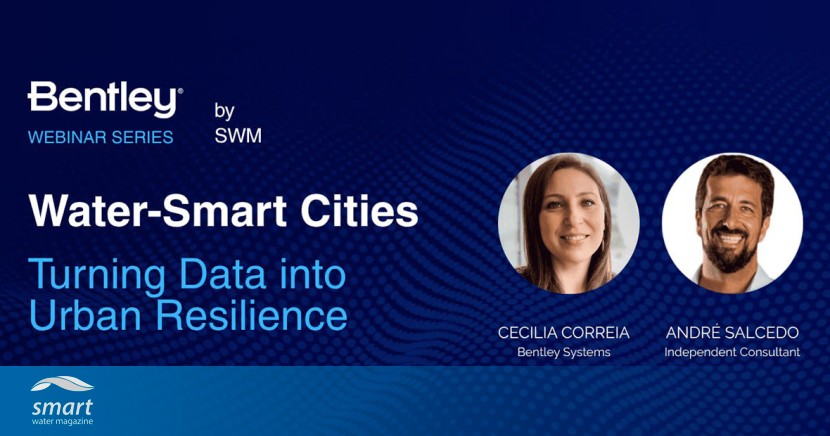Key Takeaways
- Sabesp’s digitalization strategy began at treatment plants, then expanded to distribution and sewage systems.
- Effective digital transformation requires strong institutional frameworks and accountability through structured contracts.
- Data-driven decision-making is essential for optimizing water management in urban environments, particularly under climate variability.
Urban Intelligence Begins Underground
Andre Salcedo emphasized that implementing smart water systems starts below ground, making it challenging to update assets that have been in place for decades. At Sabesp, the digital strategy commenced with treatment plants, where automation was easiest, and gradually extended to main pipelines and distribution systems. This incremental approach focused on cost-efficiency and long-term benefits, with automated pumping schedules reducing energy consumption and water loss.
In high-density urban areas like São Paulo, aligning smart infrastructure with the utilities’ physical and financial realities is critical. Salcedo and Cecilia Correia highlighted the necessity of robust institutional frameworks to enhance digital transformation. In Brazil, utilities must collaborate with government entities through well-structured contracts. Salcedo pointed out that inefficient systems burden the treasury, prompting Sabesp to revise service contracts to include key performance indicators (KPIs) related to water losses and service quality.
Cecilia Correia reinforced that technology alone isn’t a panacea. The real challenge lies in converting data into actionable insights. She noted the importance of addressing workforce issues using digital tools that empower employees. Salcedo explained how integrating rainfall and temperature data can reliably forecast consumption patterns, enabling Sabesp to predict demand peaks accurately and optimize resource management.
h2>Designed Resilience in Urban Water Management
The inaugural session of the Smart Water Cities Webinar Series illustrated that resilient cities are intentionally designed rather than formed by chance, with water as a strategic driver. Correia called for embracing uncertainty and adapting governance models to enhance integration and resilience. Contracts should reward adaptive practices, coupled with technologies that facilitate informed decision-making.
The series continues with forthcoming sessions on digital stormwater management and the future of smart utilities. A clear message emerged: achieving water resilience in future cities necessitates a digital strategy and sound governance, with an urgent obligation to initiate these changes now. The water sector can lead in defining how smart cities are created—not merely through technology, but via shared responsibility and a long-term vision for urban sustainability.
The content above is a summary. For more details, see the source article.















